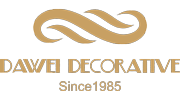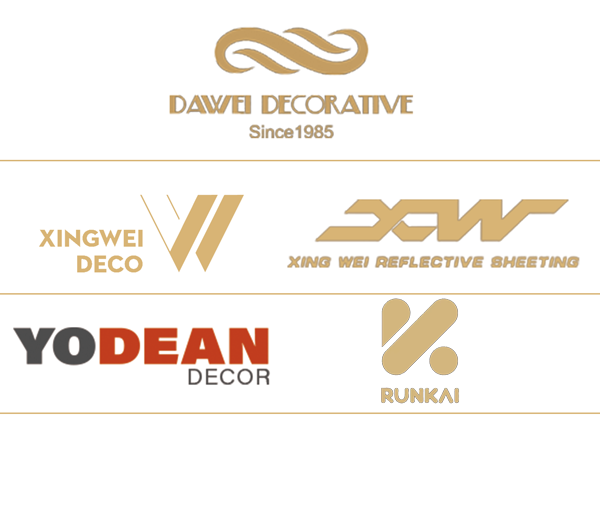When choosing between melamine and plywood, it is important to know the differences. Melamine is generally cheaper than plywood, but requires more painting effort. Another major difference is the give and flexibility of the materials. Plywood has more give and melamine is less flexible. For this reason, it may not be as versatile as plywood.
Cheaper than plywood
Compared to plywood, melamine is cheaper per square foot and easier to work with. However, it does not have the same aesthetic quality as wood and is more difficult to repair if it is broken. This material also creates a lot of chemicals when cut, which can be harmful to people who come into contact with it.
Plywood is often a good choice if you want a durable, scratch-resistant surface for your home or office. However, melamine is not suited for painting. You have to treat it first to make it paint-friendly. You can choose between melamine-coated plywood with a vinyl coating.
Melamine is typically less expensive than plywood, but you will have to put more effort into painting it if you want to apply a coat of paint. Another major difference between the two materials is the give and pliability. Plywood is more flexible and offers more give than melamine.
Durable
Melamine is a type of laminate that provides a range of benefits, such as a waterproof surface. Particleboard, on the other hand, is susceptible to water damage, and any liquid that penetrates the material will spread like wildfire. By contrast, melamine is water-resistant because it is a laminate, rather than a solid wood. In addition to being waterproof, melamine is also much more stable than solid wood, which expands and contracts naturally with changes in humidity and temperature.
While plywood tends to splinter when cut, melamine is smoother and easier to work with. It is also available in a variety of colors, making it a good choice for a variety of home projects. In addition to its water-resistance properties, melamine is also fire-resistant.
Melamine is a relatively newcomer to the family of plywood materials. It is a particle-board base that has a plastic coating on one or both sides. It is widely used for cabinets and furniture. As the name suggests, melamine is a polymer made from melamine, which is an organic compound. It is most commonly used in the manufacturing of commercial kitchen plates, as it is a relatively low-cost option. However, it can be susceptible to cracking at the edges.
Flexible
Flexible melamine plywood is an alternative to particle boards. It is a very flexible material and can be customized to match the decor in your home. The material is made from wood or paper particles and resin, and is processed under extreme pressure. The result is a surface that is not only durable, but also fire-resistant and moisture-resistant. It is also incredibly easy to clean and maintain.
The cost of melamine is usually less than that of plywood. However, the process of painting it is more difficult than with plywood. Another major difference between the two materials is pliability. While melamine is more flexible than plywood, it may not be as flexible as plywood. For this reason, it is best for uses where you do not need a rigid surface.
The plastic laminate in melamine plywood is typically formed with a layer of particleboard or MDF. It is made using a process called thermal fusing, which uses 300 to 500 pounds of pressure per square inch to fuse layers of paper. This process uses a special resin to saturate the layers of paper and turn them into a solid plastic surface.
Economical
If you are considering replacing the old plywood in your home with melamine plywood, it might be a good idea to take a look at the costs of both materials. The former is more expensive per square foot, but melamine is more durable and water resistant. You should also keep in mind that melamine is not as easy to work with as plywood.
Melamine is a material made of resin that’s often used to build woodworks. It’s also used in floor tiles, which are more scratch-resistant and easier to clean than other materials. It’s also cheaper than porcelain or stone, so you can get the same high-quality floor without breaking the bank. This material is also an excellent choice for whiteboards.
The downside to melamine plywood is that it’s not suited to painting. This material needs to be treated first before it can be painted. However, some melamine boards are made from 100 percent melamine.


Leave a Reply
Want to join the discussion?Feel free to contribute!